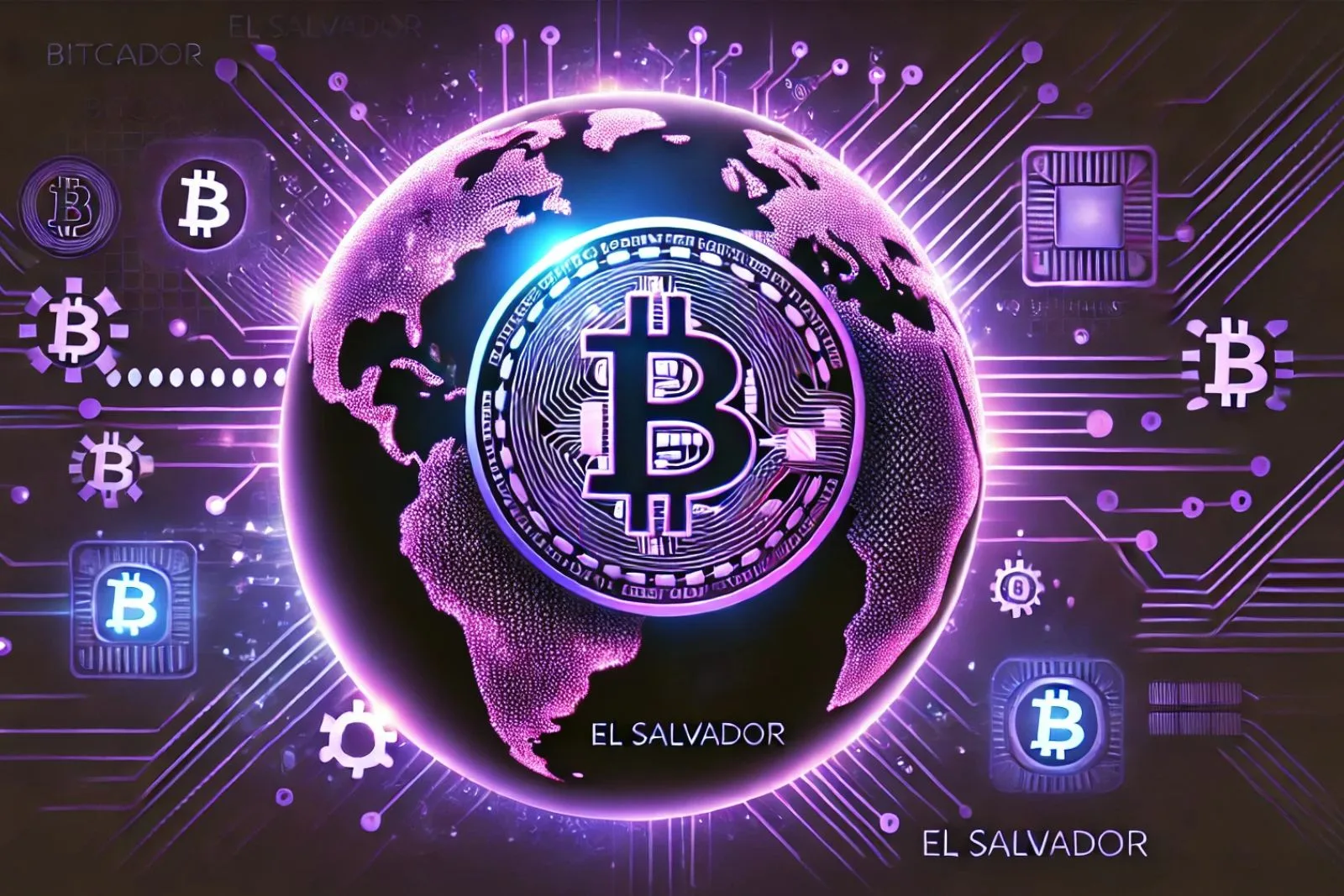What is MiCA, and How Will It Shape the Future of Crypto?
On 20 April, 2023, the European Union introduced the Markets in Crypto-Assets Regulation (MiCA), marking a significant milestone in global cryptocurrency regulation. Designed to protect consumers, ensure market stability, and encourage innovation, MiCA provides a comprehensive framework for the crypto-asset market. With its phased rollout beginning in mid-2023 and continuing into 2024, MiCA is set to position the EU as a leader in cryptocurrency governance.
But what exactly is MiCA, and how will it impact the crypto industry? More importantly, how should crypto businesses prepare to navigate this new regulatory landscape?
Table of Contents
Understanding MiCA: A Comprehensive Regulatory Framework
MiCA is the first legislative framework of its kind globally, aimed at standardizing the regulation of cryptocurrencies and related services across the EU. Developed to address potential risks while promoting market growth, MiCA introduces clear guidelines for crypto market participants, including issuers, exchanges, and custodians.
This landmark regulation promises to bring clarity to a market often criticized for its opacity and lack of safeguards.
Key Components of MiCA
- Licensing Requirements: MiCA requires issuers of crypto-assets and service providers, such as exchanges and wallet operators, to obtain licenses to operate within the EU. By streamlining the process for initial coin offerings (ICOs) and security token offerings (STOs), MiCA ensures transparency and compliance with disclosure requirements.
- Regulation of Stablecoins: MiCA introduces stringent rules for asset-referenced tokens (ARTs) and electronic money tokens (EMTs), often referred to as stablecoins. These tokens, pegged to fiat currencies or physical assets, are subject to robust governance, capital reserves, and authorization processes. These measures aim to mitigate risks to financial stability.
- Anti-Money Laundering (AML) and Counter-Terrorism Financing (CTF): The regulation strengthens AML and CTF measures for crypto-asset service providers. By aligning with the EU’s existing directives, MiCA mandates stringent Know Your Customer (KYC) procedures and risk assessment protocols to combat illicit activity in the crypto space.
- Consumer Protection: MiCA establishes strong consumer protection measures, including mandatory pre-contract disclosures, targeted advertising rules, and transparency obligations. These measures aim to safeguard investors and reduce the prevalence of fraud in the crypto market.
- Supervision and Enforcement: MiCA creates a robust oversight mechanism, with national authorities monitoring service providers and the European Securities and Markets Authority (ESMA) overseeing cross-border operations and stablecoin issuance. This dual-layered approach ensures consistent enforcement across the EU.
Benefits of MiCA for the Crypto Industry
MiCA’s implementation brings numerous advantages to the European crypto market and its participants:
- Consumer Confidence: By establishing clear rules and strong consumer protections, MiCA builds trust in the crypto industry, encouraging more widespread participation.
- Market Integrity: The regulation fosters transparency and accountability among market participants, ensuring a fair and competitive environment.
- Institutional Investment: MiCA’s legal clarity makes it more appealing for institutional investors to enter the crypto market, injecting significant capital and fostering growth.
- Legitimacy and Innovation: With standardized regulations, the crypto industry gains greater legitimacy, paving the way for broader adoption and government support while promoting innovation within a clear framework.
MiCA’s Challenges on Stablecoins: The Case of Tether (USDT)
As the EU prepares to implement its MiCA in December 2024, cryptocurrency exchanges across Europe are making significant adjustments, including the delisting of Tether (USDT), the world’s largest stablecoin. While Tether is working on MiCA-compliant alternatives, the move raises critical concerns about liquidity and stability in the region.
The Impact of MiCA on Crypto Businesses
While the transition aims to align with MiCA’s goals of stability and consumer protection, it underscores the challenges of navigating a rapidly evolving regulatory landscape.
Preparing for MiCA: Strategies for Crypto Businesses
Navigate MiCA Compliance with CryptoLicence
Adapting to MiCA’s regulations doesn’t have to be overwhelming. CryptoLicence is your trusted partner for securing cryptocurrency and financial licenses across Europe. With a proven track record, we simplify complex compliance, allowing you to focus on growing your business.
Our expert team provides tailored solutions, guiding you through licensing requirements like the Polish VASP or MiCA compliance. Whether expanding locally or globally, we offer end-to-end support to help your business thrive.
Let us handle the regulatory challenges while you drive innovation.
Contact CryptoLicence today and unlock new opportunities for your crypto business.


